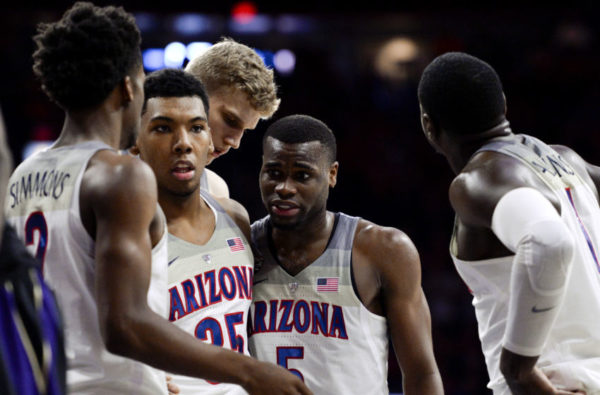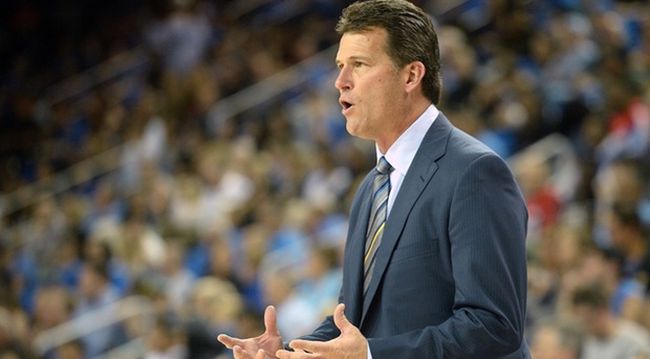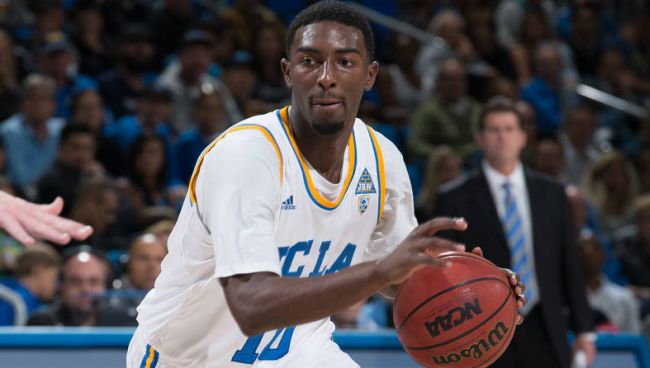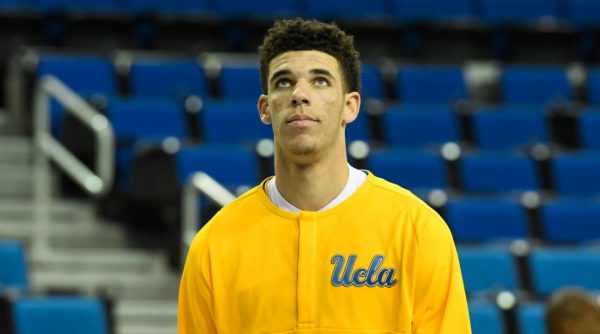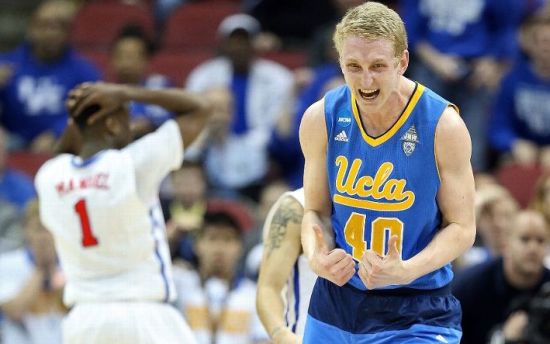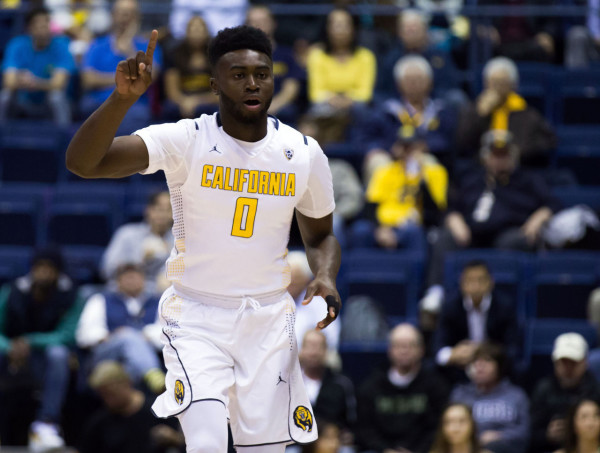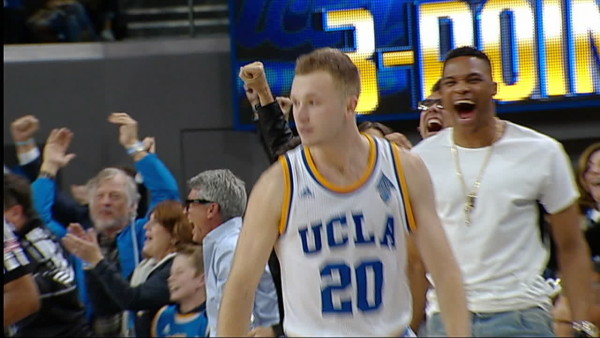Rushed Reactions: #2 Kentucky 86, #3 UCLA 75
Posted by Bennet Hayes on March 24th, 2017RTC is providing coverage from start to finish of the NCAA Tournament for the next three weeks.
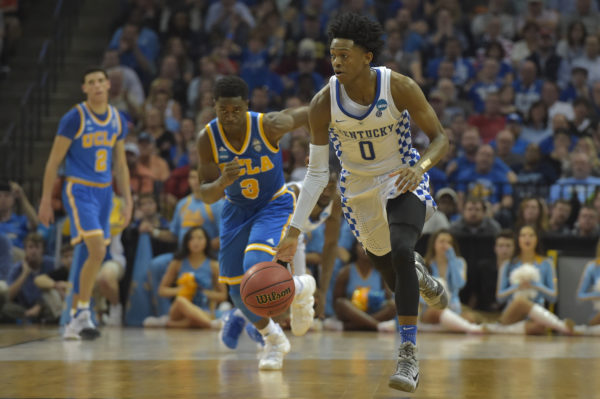
De’Aaron Fox knifed through the UCLA defense to the tune of an NCAA Tournament-high 39 points (Photo: Justin Ford-USA TODAY Sports)
- Battle of the freshmen backcourts. It’s not impossible that three of the top four picks in this June’s NBA Draft occupied three of the four spots in the starting backcourts of this game. All showed flashes of brilliance, but the shine was far brighter on the Kentucky side. De’Aaron Fox darted through the UCLA defense time and time again en route to a career-high 39 points, while Malik Monk caught fire on either end of halftime, scoring 17 of his 21 points in a seven-minute stretch that straddled intermission. UCLA’s Lonzo Ball got teammates involved early and finished with eight assists, but the Bruins’ star never found his stroke in missing five of his six three-point attempts. There’s little doubt that tonight’s 40 minutes will be mentioned often during discussions of Ball and Fox’s draft stock in the coming months, but the trio combined to put on the show everyone had hoped for.
- Tempo quickens in second half. With two efficient, fast-paced offenses doing battle, most expected a high-possession, high-scoring game. The first half was not that – only 69 total points were scored, and most of them came in the half-court – but the second half ushered in the uptempo basketball that had been anticipated. Monk and UCLA’s Bryce Alford and Isaac Hamilton took turns splashing in jumpers during a breathless first four minutes of the frame, and the Memphis crowd channeled the newfound energy on the floor. Ninety-two total second half points later, Kentucky was through to the next round and fans were fully satiated by a dazzling offensive display.
- UCLA, Alford’s uncertain future. The Bruins erased memories of a disappointing 2015-16 with a highlight-laden 31-win season, one that may have cooled Steve Alford’s warm seat in Los Angeles yet also made him an attractive hire to one of the few programs he might consider bolting for — Indiana. The Hoosiers’ coaching vacancy is unlikely to be filled without at least a call to Alford, and there’s little indication he wouldn’t listen to an offer from his alma mater. Apathy around the UCLA program has been difficult to fully eradicate, even during this turn-back-the-clock season, and Indiana should be able to provide Alford heavy doses of both cash and nostalgia. It’s far from a certain marriage, but the uncomfortable irony of this unexpectedly successful UCLA season is that it may have been good enough to lead to a new coaching search.
Star of the Game. De’Aaron Fox, Kentucky. The Wildcats’ freshman sensation played the game of his college career, scoring a career-high 39 points. He added four assists against just one turnover and thoroughly controlled a game that featured an even more hyped freshman point guard. Fox’s 39 points also stand as the high point total of the NCAA Tournament (no player had gone over 30 until tonight), and they were more than enough to compensate for a sluggish night from the backcourt’s supporting cast. Fox dominated tonight in Memphis.





























